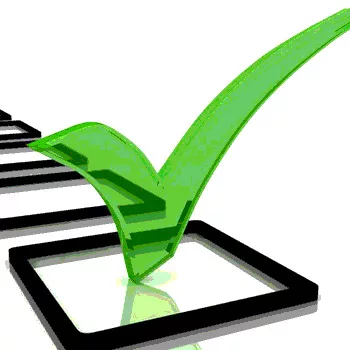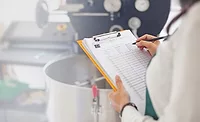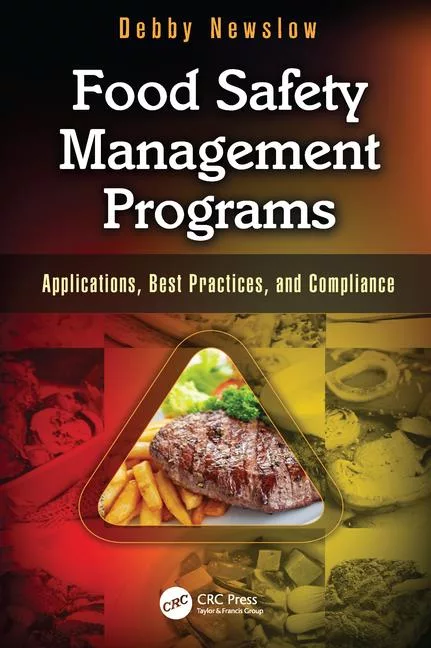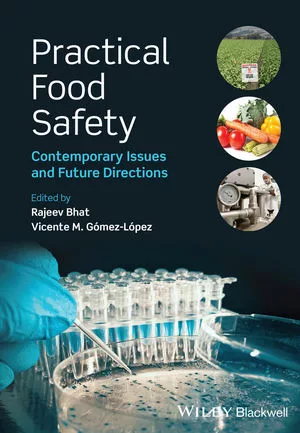How to Be Audit-Ready, Anytime

A lot goes into a great audit score, including a successful pest management program. For food processing, packaging and storage facilities, an effective and well-documented pest management program is fundamental. In fact, your facility’s success hinges on it. It will not only go a long way in protecting the efficacy of your products, but also help you achieve high scores on your third-party food safety audits.
With the hustle and bustle of the goings-on at your facility, it may be easy to lose sight of seemingly small pest management details that can make a difference during a third-party audit. But, the reality is that pest control plays a huge role in your audit score—it can account for up to 20 percent of the total score. With the current focus on the U.S. Food and Drug Administration’s newest rule under the Food Safety Modernization Act, it is more important than ever for facilities to consistently meet or exceed audit standards and abide by the provisions set in their written food safety plans.
When it comes to being ready for your third-party audit, procrastination is your worst enemy. Waiting until a few days prior to your audit to prepare will most likely lead to failure. Instead, you should focus on maintaining a pest management program that is audit-ready year-round.
To achieve this, your facility should proactively implement an ongoing, comprehensive integrated pest management (IPM) program. IPM focuses on strategies like sanitation and facility maintenance to help prevent pest activity, which is exactly what auditors like to see. However, without proper documentation that spans a length of time, it will be virtually impossible to prove the success of your pest program.
Think of it this way: “If a tree falls in a forest and no one is around to hear it, does it make a sound?” Take that famous philosophical question and apply it to your pest control program. If you make an improvement to your pest control program, but don’t have the documentation to prove it, did you actually make an improvement? Your auditor will have to say “no.”
Here are five pest management documentation must-haves that will help your facility be audit-ready, anytime:
1. Training or certification proof for pest management professionals
While your pest management professional may have the proper training and certification, it won’t mean anything if that evidence is not housed at your facility. Auditors may require any or all of the following documents to be stored at your facility for every individual that services the property:
• A photocopy of the valid registration or certification document
• Confirmation of IPM and Good Manufacturing Practices (GMPs) training
• Written evidence that the IPM provider was trained in the proper and safe use of pest management materials
2. Written proof of changes to service and materials
Successful IPM programs are dynamic; they change over time based on various factors. After you have signed the contract with your pest management professional, it’s important to document any or all changes to the pest control program. Auditors require written proof of even the slightest changes to your current program, as well as the reasons for the changes. As an added value, it is also a good idea to keep a running list of roles and responsibilities for both your facility’s staff and the pest management provider’s team.
3. Pest sighting and trend reports correspond to corrective actions taken
A common way to loose points on your audit score is not having written documentation of pest sightings and activity, accompanied by an explanation of the resulting counteractive efforts. Ensure that your pest trend analysis, sanitation and building maintenance issues provide the basis for all corrective actions that help manage pest activity at your facility.
4. Records of insects found in traps and monitors, as well as the corrective actions taken
When it comes to pest monitoring devices and traps (e.g., mouse traps, light traps or pheromone traps), auditors need to see three things: 1) the services performed to the monitoring devices and traps (when and how often they were checked); 2) the results of each monitoring device and trap check (type and quantity of each pest found); and 3) the corresponding actions taken to help mitigate pest activity. It’s important to paint the full picture in order to avoid point deductions.
5. Record of actions implemented following the annual pest management assessment
Most auditors require pest management providers to hold an annual facility assessment to determine any areas of improvement to the IPM program. Once your facility’s assessment is complete, make sure that all of the corrective actions implemented as a result of the assessment are documented, along with proof that those actions were actually executed. Without proof that the counteractive efforts were completed, you may lose points on the pest management portion of your audit.
In the world of third-party food safety audits, documentation is your best friend. Work with your pest management professional to ensure that your documentation is maintained throughout the year and housed onsite, so your facility is audit-ready, anytime.
Dr. Zia Siddiqi, Ph.D., B.C.E., is director of quality systems for Orkin. A board-certified entomologist with more than 30 years in the industry, Dr. Siddiqi is an acknowledged leader in the field of pest management. For more information, e-mail zsiddiqi@orkin.com or visit www.orkincommercial.com.
Looking for quick answers on food safety topics?
Try Ask FSM, our new smart AI search tool.
Ask FSM →







